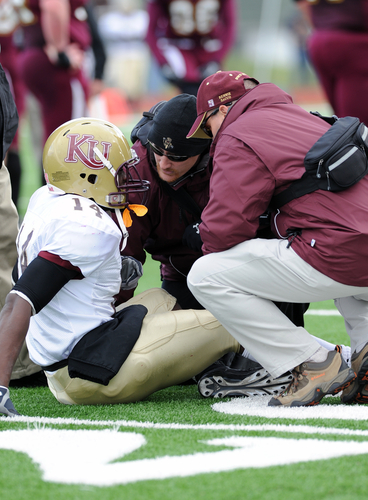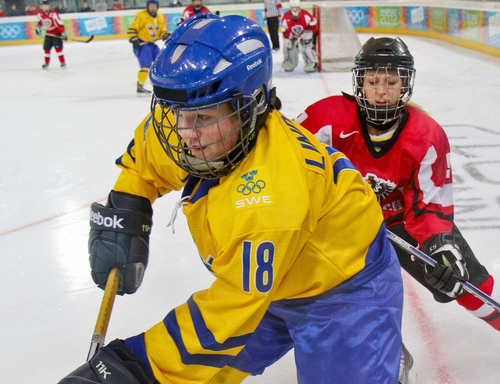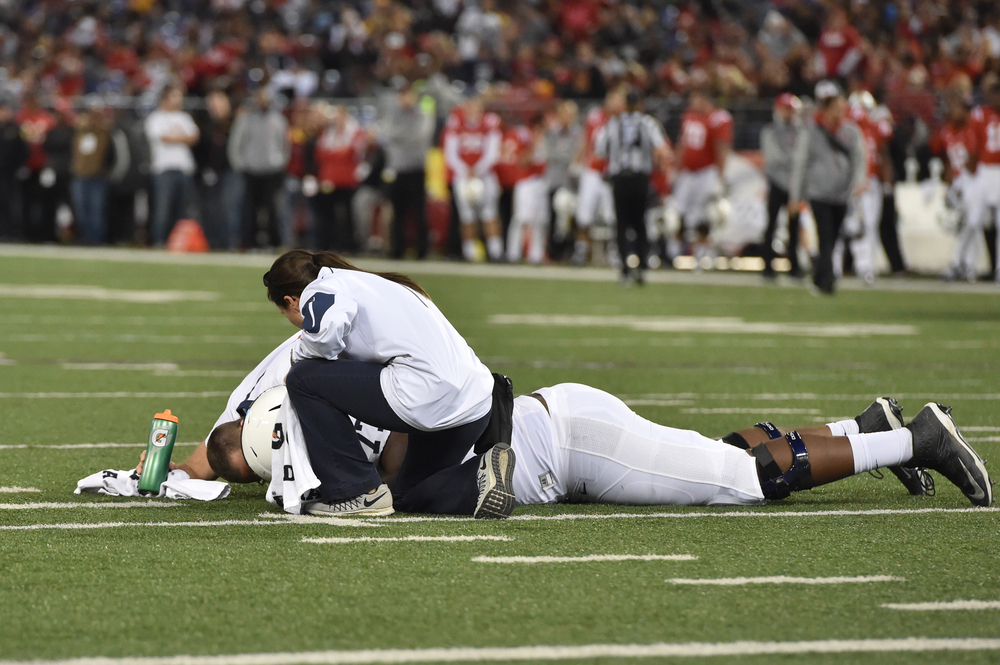Player To Player Contact, Not Headers, Cause Most Soccer Concussions
By Dan Peterson, TeamSnap's Sports Science Expert
As a soccer parent, one of the most stomach-turning injuries to witness on the field is a head collision. Whether it is contact with the ball or another player, a blow to the head can get scary as your woozy player lies on the field. While current youth soccer rules only call for shin pads as the only required protective equipment, rising head injury and concussion rates are making a case for some type of head protection. Other remedies include banning the “heading” of a ball under the age of 14 as well as better enforcement of player to player contact rules. However, a new study from a youth sports injury expert at the University of Colorado reveals the leading causes of soccer head injuries and recommendations of how to reduce them.
There’s no question that soccer has exploded in popularity over the last 30 years. Back in 1970, there were only 49,593 boys and, amazingly, no girls playing on school-sponsored soccer teams. In the latest statistics from 2014, those numbers grew to 417,419 boys and 375,564 girls playing for over 11,000 school programs.
As expected with this type of growth, injuries are also on the rise. Dawn Comstock, associate professor of public health at the University of Colorado - Denver, has been tracking youth sports injuries using the National High School Sports-Related Injury Surveillance Study, a database where school athletic trainers can submit sports-related injuries of all types along with their causes and severity.
Analyzing data from over 3 million games and practices from 2005 to 2014, she found that not only the total but also the rate of soccer concussions had increased. Using a stat called “athletic exposures” (AE), meaning a single athlete participating in a single game or practice, the data showed that there were 627 reported concussions across 1.4 million AEs for girls and 442 concussions across 1.6 million AEs for boys. That works out to a rate of 4.5 concussions per 10,000 AEs for girls and 2.78 concussions per 10,000 AEs for boys.
What Dr. Comstock was really after was the leading causes of all of those concussions, in other words what did the player’s head hit? While there has been a lot of attention on repetitive heading of a ball throughout a player’s career, the top reason was player to player contact. Head to head or head to some other body part caused 69% of boys’ concussions and 51% of girls concussions.
Contact with the ball, as in headers, caused only 31% of injuries for boys and 25% for girls. While proper heading form rarely causes injuries, the off-angle or surprise line-drive to the head may lead to unexpected impacts and damage.
Of course, protective headgear would provide some relief to these different forms of contact, Dr. Comstock feels that eliminating heading all together wouldn’t substantially reduce injuries. However, enforcing existing rules against player contact, i.e. calling more fouls, would help prevent the game from becoming too physical.
"Banning heading is unlikely to eliminate athlete-athlete contact or the resultant injuries,” concluded Dr. Comstock. “Athlete-athlete contact was the most common mechanism of all concussions among boys (68.8 percent) and girls (51.3 percent) regardless of the soccer-specific activity during which the injury occurred. These trends are consistent with prior literature. Therefore, we postulate that banning heading from soccer will have limited effectiveness as a primary prevention mechanism (i.e. in preventing concussion injuries) unless such a ban is combined with concurrent efforts to reduce athlete-athlete contact throughout the game.”
The research has been published in JAMA Pediatrics.
Just as there was a time when hockey players didn’t wear helmets, we may be “heading” to a new era in soccer where some type of headgear is required. They definitely would have a bigger impact on player health than protecting the shinbone.
NEW! Free Sports Organization Resources
All of TeamSnap's ebooks, articles, and stories in one place. Access Now
Similar Articles:

New Survey Reveals NCAA Concussion Policy Needs Work
By Dan Peterson, TeamSnap's Sports Science Expert Back…
Read More

Youth Hockey Helmets Fail New Concussion Safety Test
Photo: Stefan Duma Ph.D., head of Virginia Tech's…
Read More

Fifty Percent of Parents Don’t Understand Concussion Warning Signs
By Dan Peterson, TeamSnap's Sports Science Expert …
Read More
